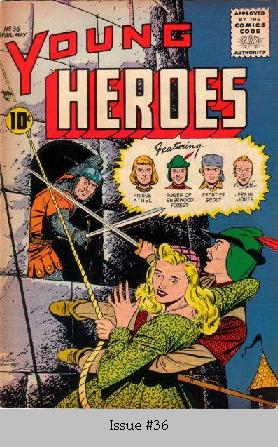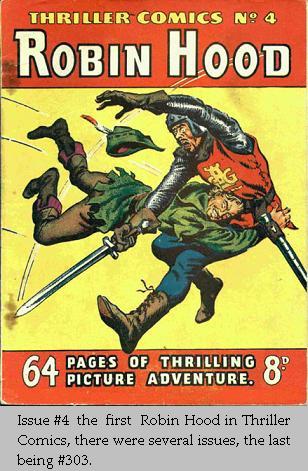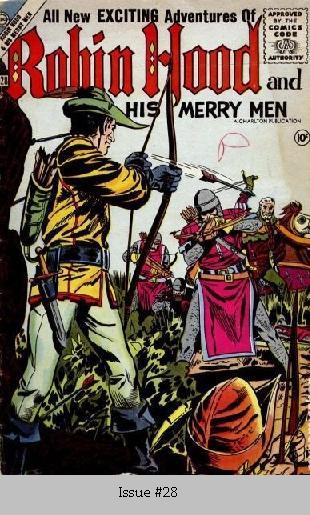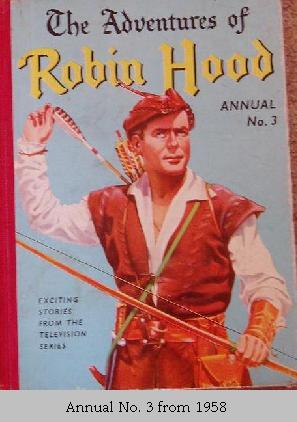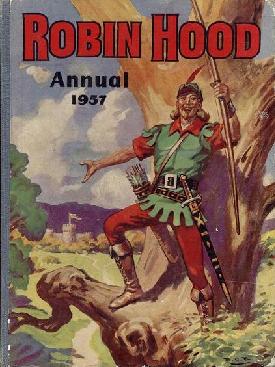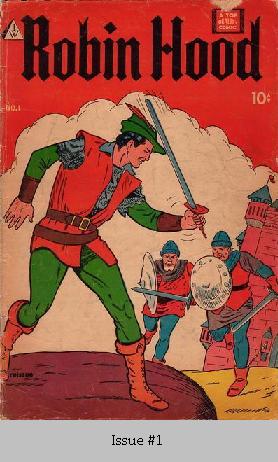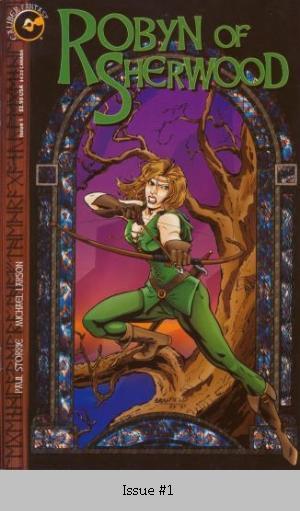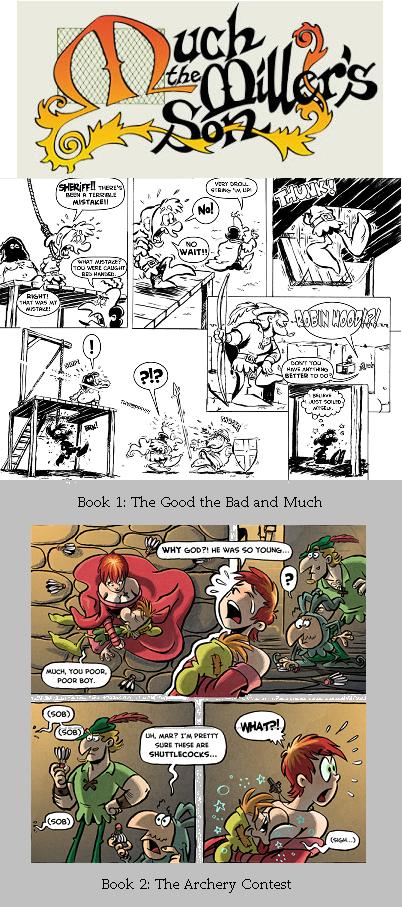Hello readers!
 Are you excited about seeing the new Robin Hood movie this weekend? I know I am. In my The Youngest Templarnovels, the young Robin Hood is the sidekick of Tristan, the protagonist. Hode is based on a real person (sometimes called Robert or Robare Hode) who lived in the early 13th century. One thing I’m already excited about is how closely the Robin Hood Movie poster ‘borrowed’ from the cover of The Youngest Templar.
Are you excited about seeing the new Robin Hood movie this weekend? I know I am. In my The Youngest Templarnovels, the young Robin Hood is the sidekick of Tristan, the protagonist. Hode is based on a real person (sometimes called Robert or Robare Hode) who lived in the early 13th century. One thing I’m already excited about is how closely the Robin Hood Movie poster ‘borrowed’ from the cover of The Youngest Templar.
In celebration of the movie, I’ll be running a new feature all summer long called “ROBIN HOOD WEDNESDAYS” and will explain some of the history and myth surrounding everyone’s favorite outlaw. If you’re a teacher or librarian, please note I’ll be offering links to many downloadable materials like word searches, crossword puzzles and word jumbles, all of them with a Robin Hood/Youngest Templar theme. These would be a great thing to use in your classroom or as a part of your Summer Reading programs.
Remember to check back every week for new facts! In the meantime, here are ten fun facts about the Robin Hood legend you can use to impress your friends this weekend! Enjoy the movie and then pick up a copy of The Youngest Templar: Keeper of the Grail for a fun reinvention of the Robin Hood legend!
Your authorness,
Michael P. Spradlin
–
GOING TO SEE “ROBIN HOOD” THIS WEEKEND?
GRAB THE POPCORN BUT LEAVE THE GREEN TIGHTS AT HOME
Ten Things You Might Not Know About the Robin Hood Legend
- Robin Hood is a modern day “mashup.” The contemporary legend of Robin Hood, as we know it today, is a derivative of dozens of different legends from Medieval England. There were several nobles who rose up against the Crown at various times. There are dozens of Robin Hood ballads and poems from the Middle-Ages and they were extremely popular with the peasantry. Through the oral tradition of storytelling many of the characteristics of several English Outlaws morphed into the adventures of a single man.
– - Robin Hood didn’t wear green tights. Most men at the time wore simple garb, leggings made of wool and a plain unadorned tunic, or over shirt. Only the wealthiest foresters could afford Lincoln green leggings or shirts.
–  Robin Hood was likely not “absurdly proficient” with a bow. He is said to have been a master of the bow and his exploits with the weapon have been glorified over time. In reality, the English longbow is an extremely difficult weapon to master and requires a great deal of strength to draw and aim. Splitting an arrow in half at fifty paces with another arrow would be highly unlikely. While Robin Hood may have been better than average archer, it’s unlikely he accomplished so many incredible shots.
Robin Hood was likely not “absurdly proficient” with a bow. He is said to have been a master of the bow and his exploits with the weapon have been glorified over time. In reality, the English longbow is an extremely difficult weapon to master and requires a great deal of strength to draw and aim. Splitting an arrow in half at fifty paces with another arrow would be highly unlikely. While Robin Hood may have been better than average archer, it’s unlikely he accomplished so many incredible shots.
–- The term sheriff comes from ‘Shire Reeve,’ an official appointed by the crown to collect taxes. Obviously unpopular with the peasant classes, Shire Reeves used bailiffs (or deputies) to help them collect taxes.
– - In Robin Hood’s Day Even the Priests Were Fighters. In the Middle-Ages it was very common for priests and other holy men to take up arms. In major battles they served a dual purpose of fighting and hearing the confession of the troops before battle. In the early 15th century a Sussex priest name Robert Stafford led a band of outlaws using the name Friar Tuck, obviously plucked from the Robin Hood stories. A ‘Tuck’ is not a surname, but refers to the rope belt worn about the waist by Franciscan Monks. Since the Franciscan order didn’t form until the early 13th century, is likely the character of Friar (Middle English for ‘father’) Tuck was added to the Robin Hood stories much later.
– - There Was No Trial By Jury In The Middle-Ages. As an outlaw, Robin or any of the Merry Men could be executed immediately upon their capture. Hanging was the most common means of carrying out a sentence but men could also be dragged behind horses for miles, until they died, drawn and quartered, or beheaded. Whatever the punishment, those in charge made it as public and gruesome as possible to warn the illiterate peasant class that disobedience was not to be tolerated.
– - The Merry Men Weren’t So Merry. The number and names of Robin Hood’s band of outlaws has almost as many variations as Robin Hood himself. Will Scarlet, Little John, Friar Tuck, Allan Aiadale, and Much the Miller’s son, are the most frequently named. And while, the peasant class may have delighted in them besting the Shire Reeve, time and time again, outlaws of the time were vicious, capable killers and none to be trifled with.
– - What would you like with that Veggie Burger? Meat was difficult to come by in the English forest. The most common food was Rabbit, and many peasants used trained ferrets to hunt the Rabbits. Hunting of the King’s deer was often restricted and unless a peasant was wealthy enough to raise pigs, they often could not afford to buy meat. Whenever the king cracked down on hunting, people went hungry and poaching became prevalent leading to arrests and it became a vicious cycle.
–  Richard the Lionheart: Robin’s Friend or Foe? It really depends on which story you read. In some, Robin is Richard’s loyal subject, out to protect the kingdom from those who would do it harm, while Richard is away in the Crusades. In others, Richard is a horrible despot whom Robin seeks to unseat. Regardless, Richard was unpopular with most of his subjects as he refused to speak English unless he was forced too (he was born in France and was the Prince of Normandy before he ascended to the throne), only spent about six months of his entire ten year reign in England, and drained the country dry financially in an effort to retake the Holy Land, which he was never able to do. However, his nickname The Lionheart is an apt description for he was a ferocious fighter and brilliant military tactician. So brave in fact that he was killed by a crossbow bolt, when he boastfully rode into enemy range while besieging the castle of Chalus in France.
Richard the Lionheart: Robin’s Friend or Foe? It really depends on which story you read. In some, Robin is Richard’s loyal subject, out to protect the kingdom from those who would do it harm, while Richard is away in the Crusades. In others, Richard is a horrible despot whom Robin seeks to unseat. Regardless, Richard was unpopular with most of his subjects as he refused to speak English unless he was forced too (he was born in France and was the Prince of Normandy before he ascended to the throne), only spent about six months of his entire ten year reign in England, and drained the country dry financially in an effort to retake the Holy Land, which he was never able to do. However, his nickname The Lionheart is an apt description for he was a ferocious fighter and brilliant military tactician. So brave in fact that he was killed by a crossbow bolt, when he boastfully rode into enemy range while besieging the castle of Chalus in France.
– The DC Comics Super Hero Green Arrow Is A Modern Day Twist On The Robin Hood Legend! The Green Arrow, in the guise of his secret identity is a modern bowman who uses his uncanny archery skill to capture bad guys. In the origin story of Green Arrow, young Oliver Queen is obsessed with Robin Hood, and watches the Errol Flynn movie repeatedly. Later when he becomes Green Arrow, the mega-wealthy Queen renounces his riches and takes up his bow to defend the poor and the weak in Star City, following in the footsteps of Robin Hood as a protector of the down-trodden.
The DC Comics Super Hero Green Arrow Is A Modern Day Twist On The Robin Hood Legend! The Green Arrow, in the guise of his secret identity is a modern bowman who uses his uncanny archery skill to capture bad guys. In the origin story of Green Arrow, young Oliver Queen is obsessed with Robin Hood, and watches the Errol Flynn movie repeatedly. Later when he becomes Green Arrow, the mega-wealthy Queen renounces his riches and takes up his bow to defend the poor and the weak in Star City, following in the footsteps of Robin Hood as a protector of the down-trodden.



